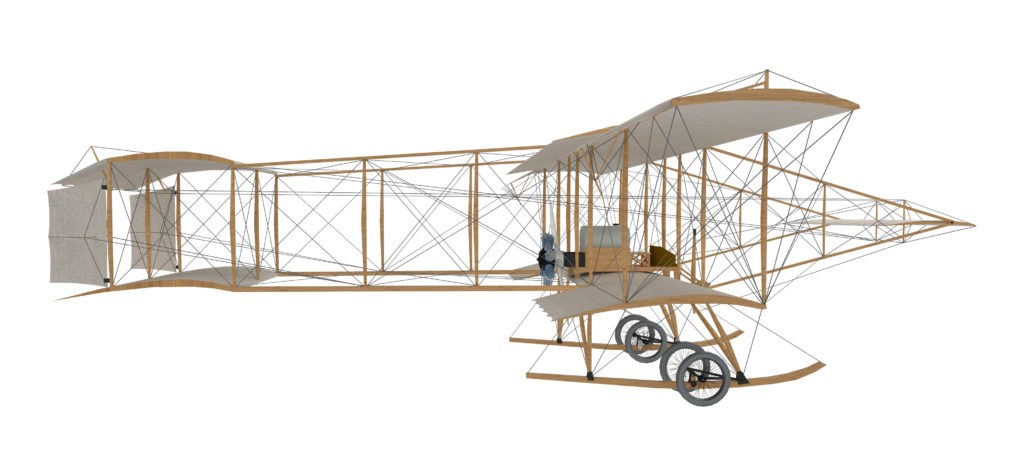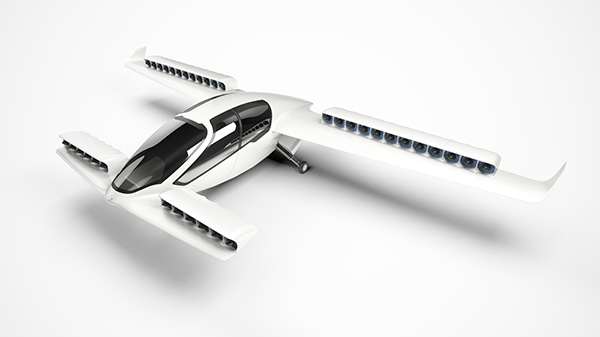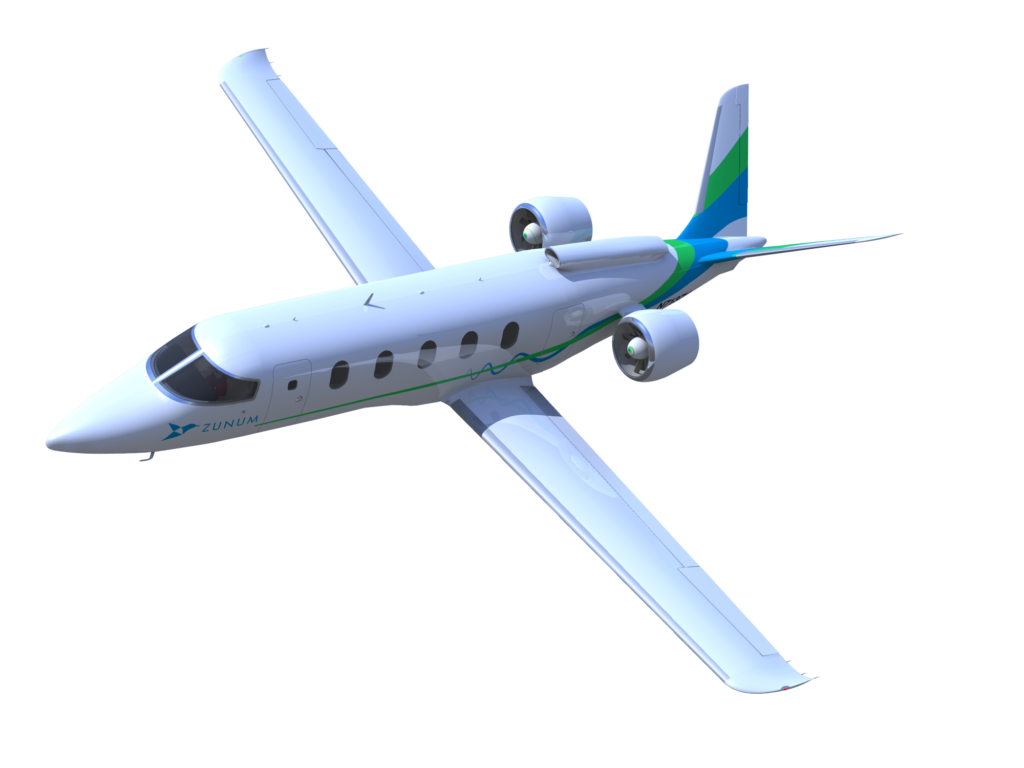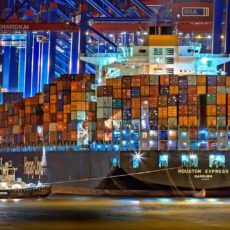
On December 17, 1903, near Kitty Hawk, North Carolina, Wilbur and Orville Wright made four brief flights in the simply named “Flyer”. Their invention was the birth of airplane and dawn of expansive travel. Today, due to the rapid advancement of technology, we have the convenience to cheaply fly around the world in a relatively short amount of time. But we all know this has come with a heavy cost to the environment.

In 2017, it was reported that the aviation industry released 859 million tonnes of CO2 into the atmosphere. If aviation were a country, it would rank 3rd behind only China and the US in emissions. By total volume the aviation industry emits 6 times less than road transport, however the auto industry has alternative electric options that can match their carbon emitting peers.
Current technology is not advanced enough to remove the current requirement for aviation fuel. Advancements have enabled manufacturers to provide planes that are more efficient and can travel great distances, but this has not reduced the emissions to a sustainable limit.
So what lies ahead for air travel? The good news is that several companies have been working on alternate solutions that are powered by sustainable sources. These include fully electric powered to a hybrid mix.
Engineers at MIT have built a scale model plane that has no moving parts. Instead of turbines or propellers, the aircraft thrust is provided by ‘ionic wind’.
Ion Wind is an electrohydrodynamic phenomenon where an electrical charge is used to create a flow of ions to produce the thrust. This means there is no requirement for fossil fuels and the propulsion system has no moving parts. Successfully testing the model has welcoming potential however scaling the technology will take time and provide a range of technical challenges.
Some of the key issues with electric planes are the heavy weight of batteries, cooling requirements and the necessary extreme take off thrust. Aviation fuel can produce over 10 times more energy than current batteries, so with current technology the power weight will increase by this same factor. During take off, the discharge rate from the batteries required to produce enough energy to maximize the thrust is far greater than ground transportation. The extreme heat resulting from this will present further technological challenges to cool down.

But with a wave of startups planning to test electric and hybrid electric in 2019, the future looks bright for fossil fuel aviation. The most promising companies include Eviation, Lilium, Zunum Aero, and Pipistrel. EasyJet is working with Wright Electric who are ambitiously trying to produce a 180 seat electric aircraft. Not to be left behind, Airbus has had 3 projects of its own, the E-fan light aircraft, CityAirbus and from A3 its silicon valley arm, the Vahana.
Aircraft advancements will take quite a while before travel is sustainable. But with a range of different high potential technologies in development and a number of companies racing to be the first to the departure gate, we can have hope in future aircraft travel.




